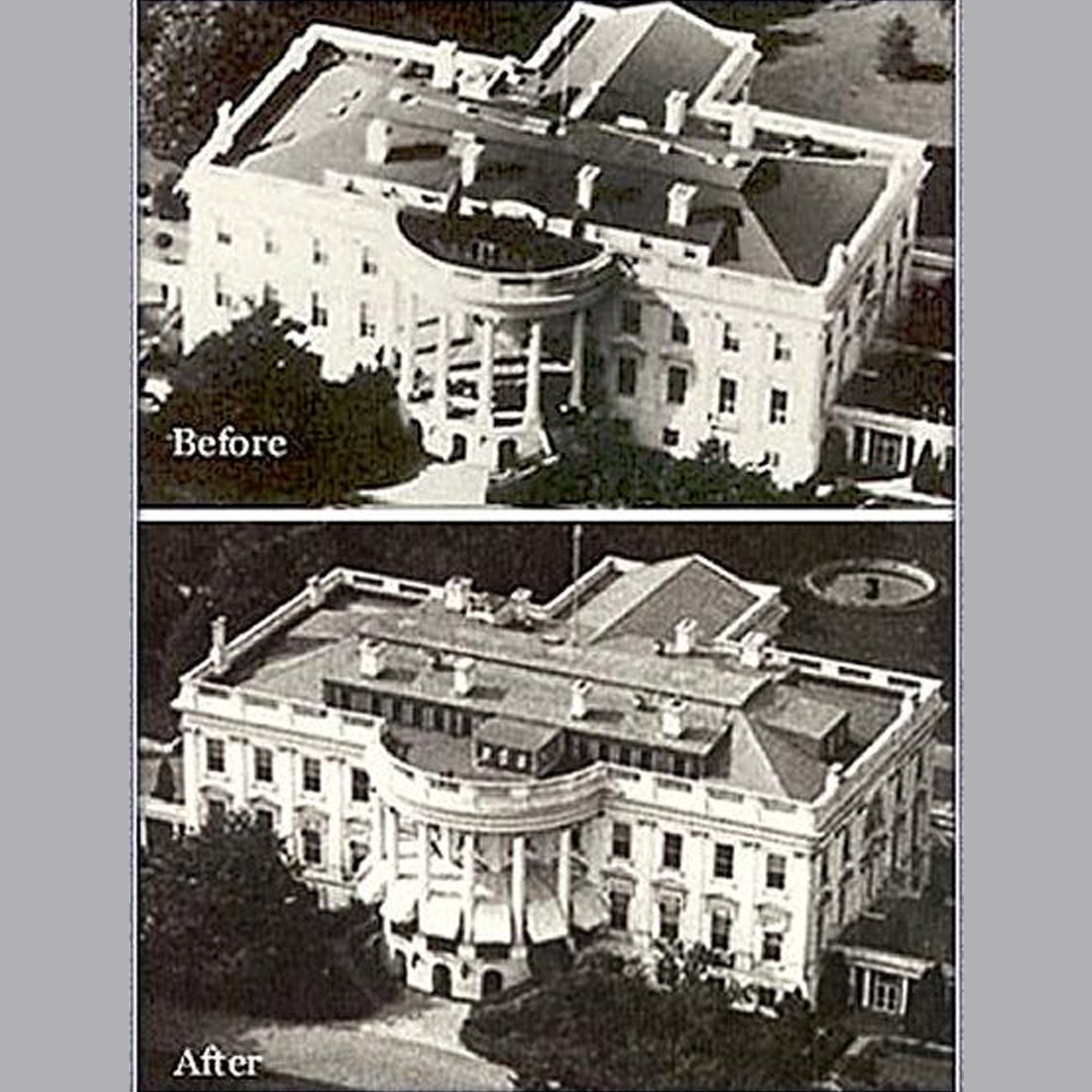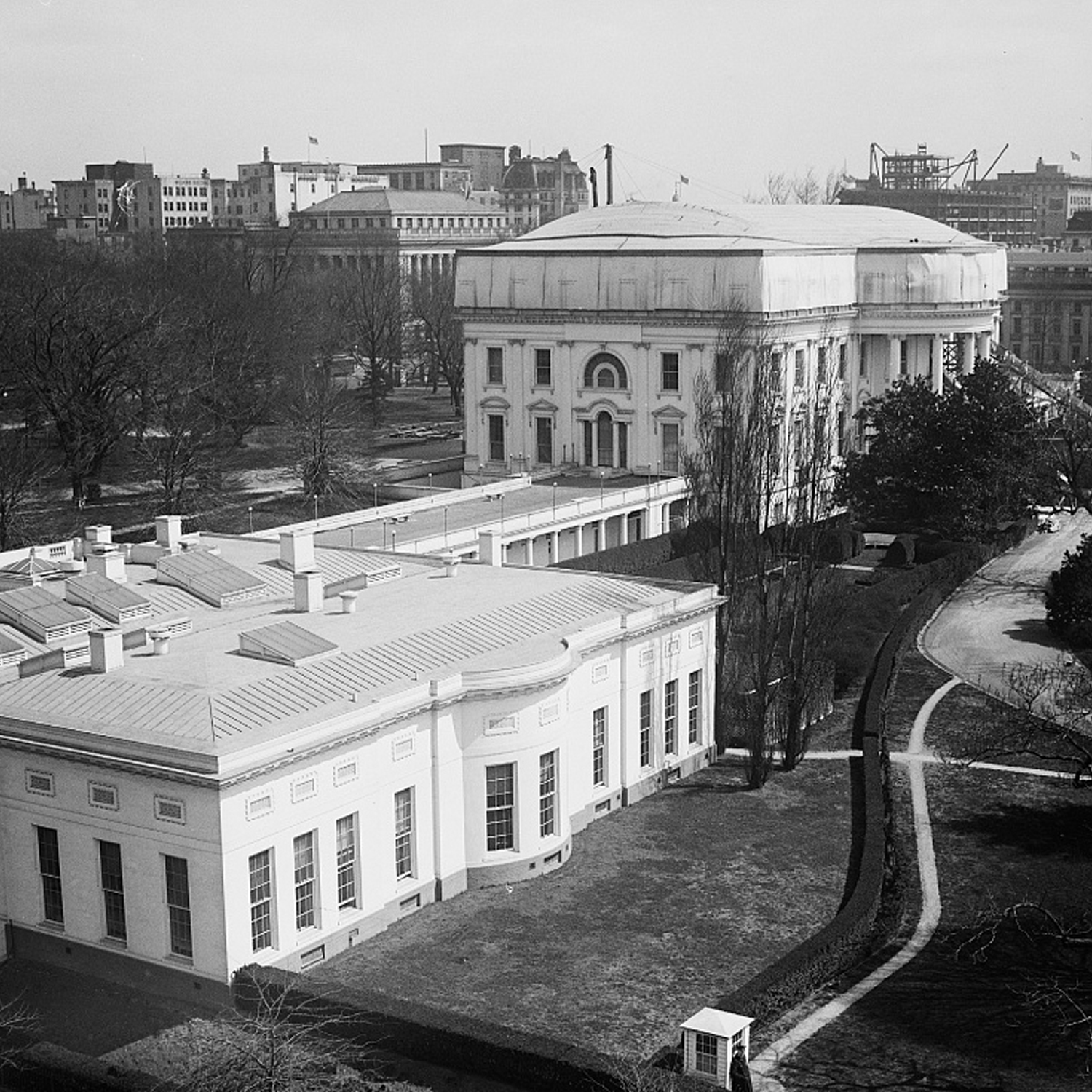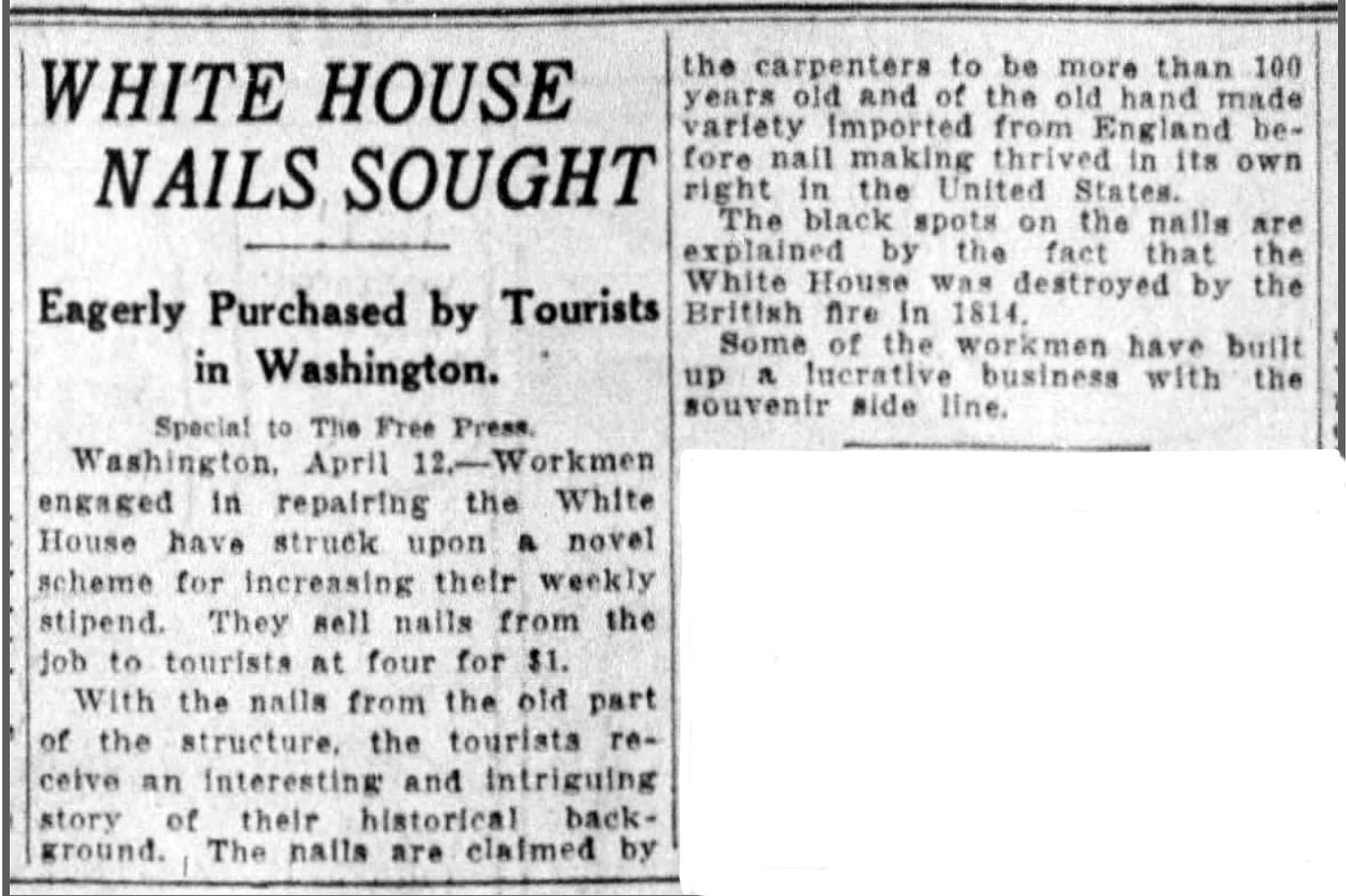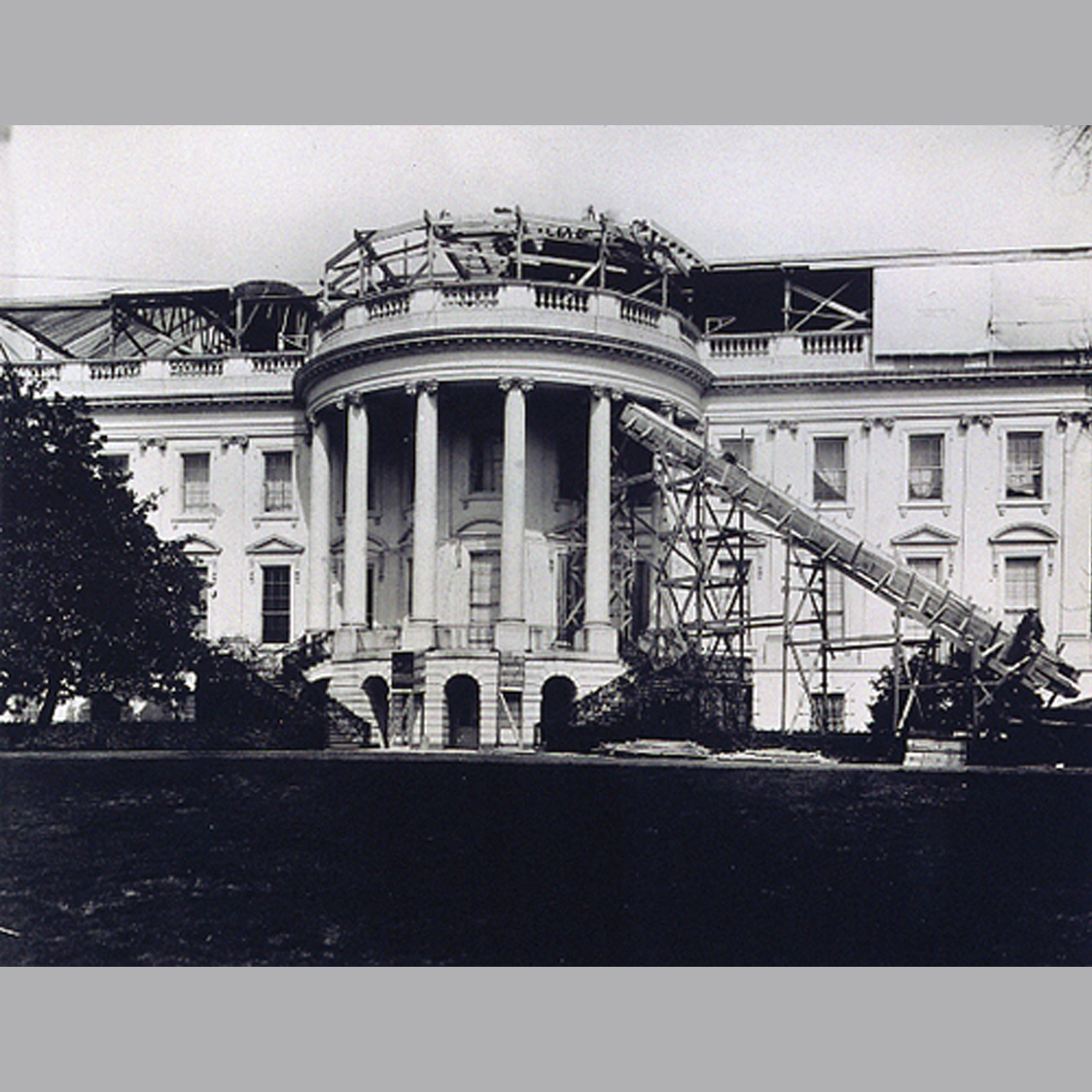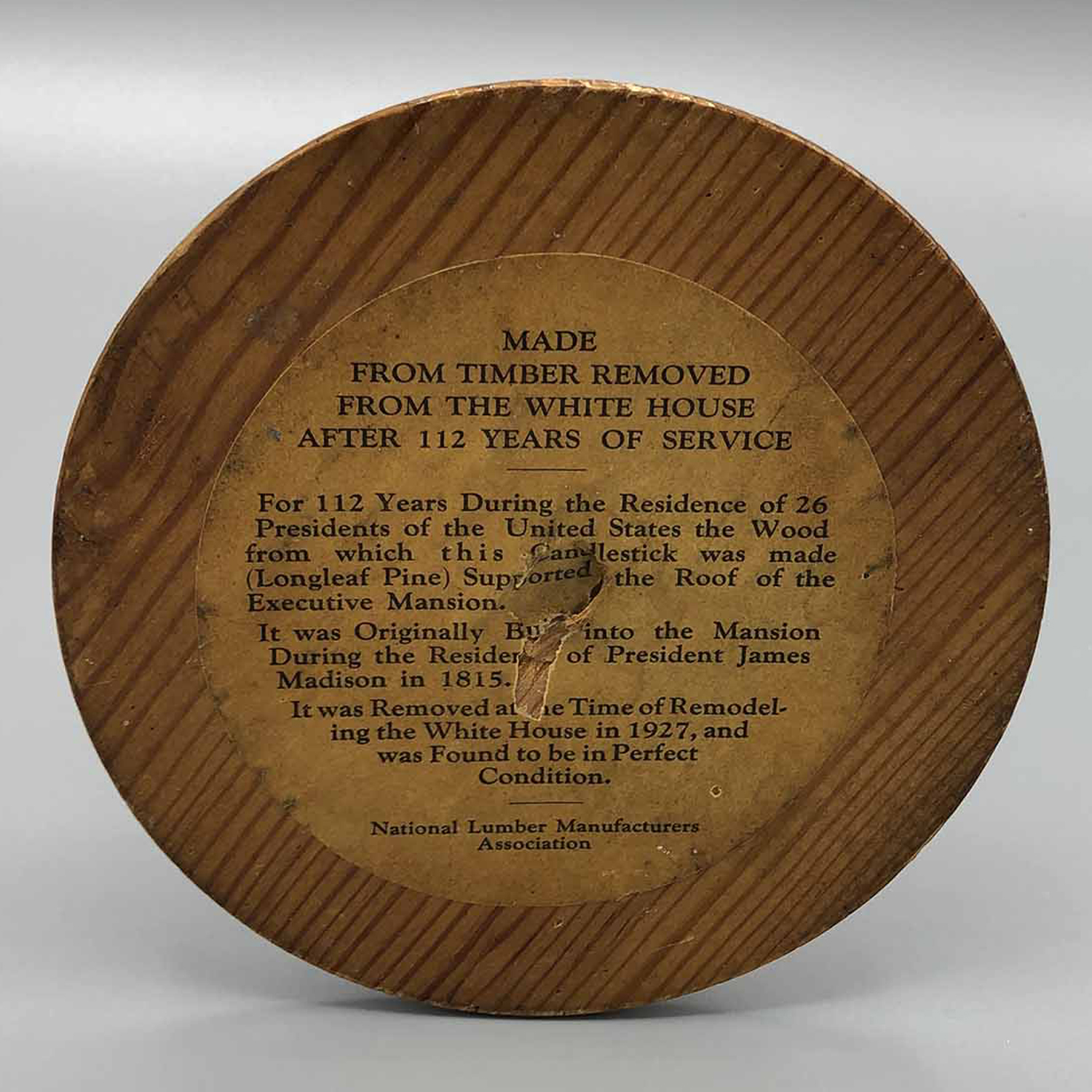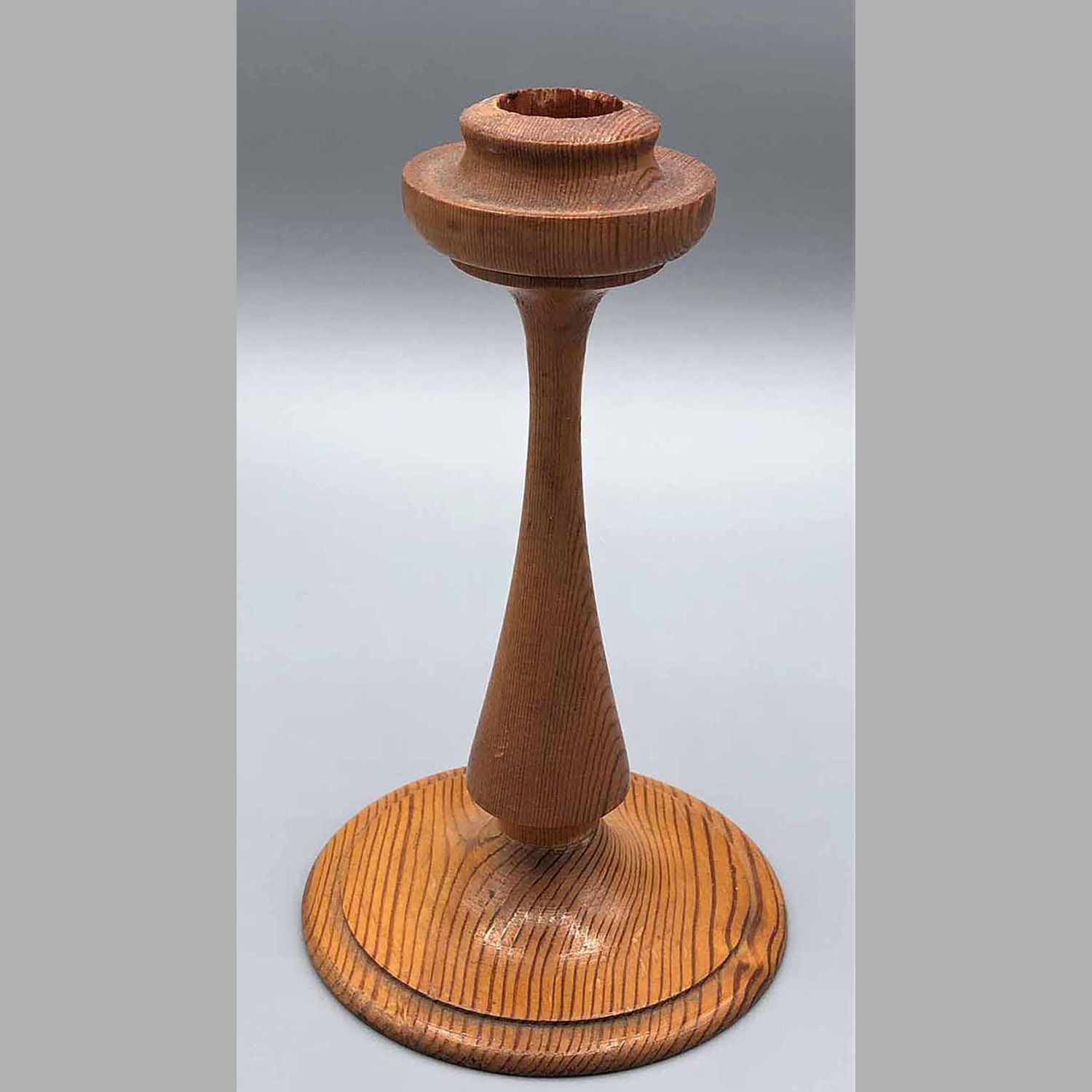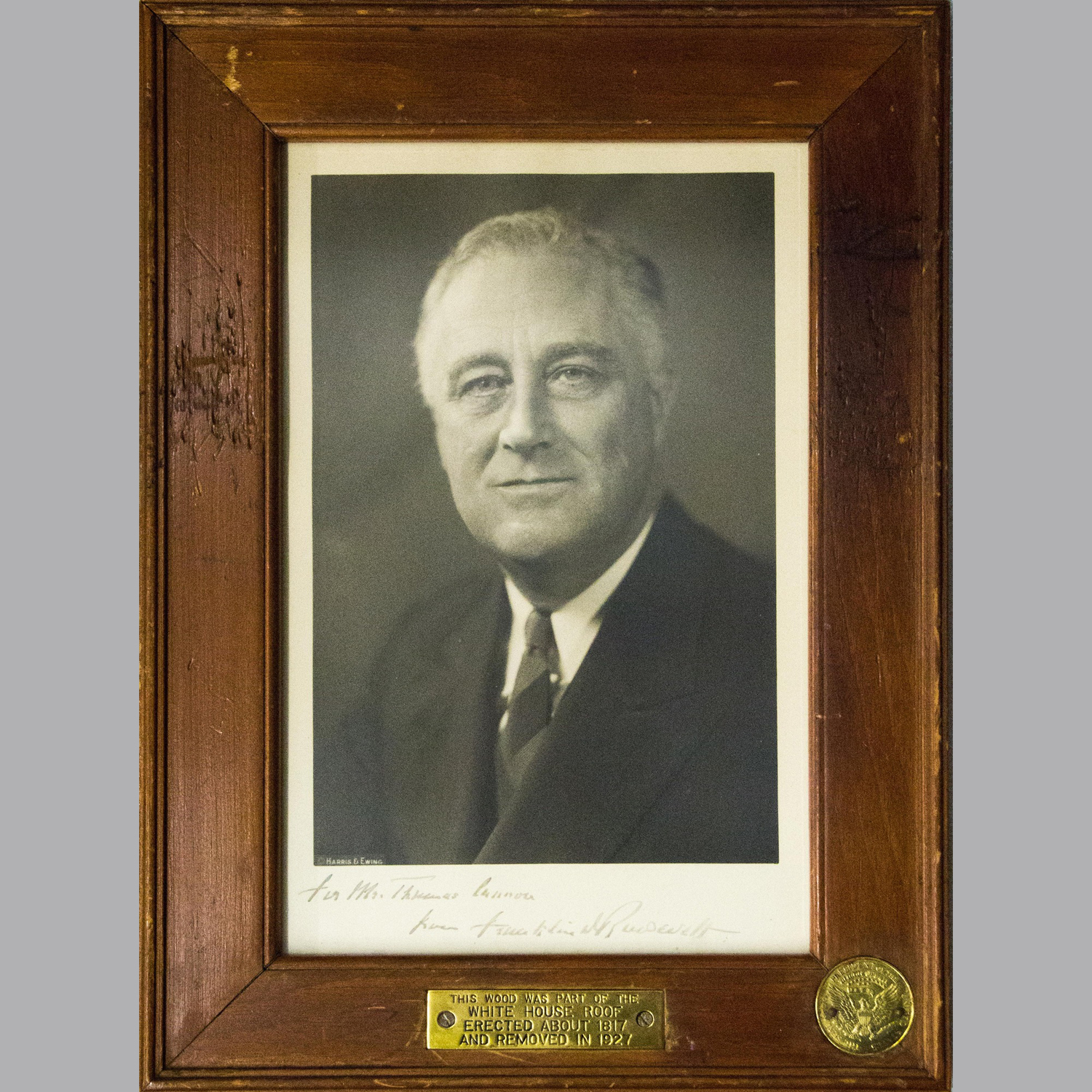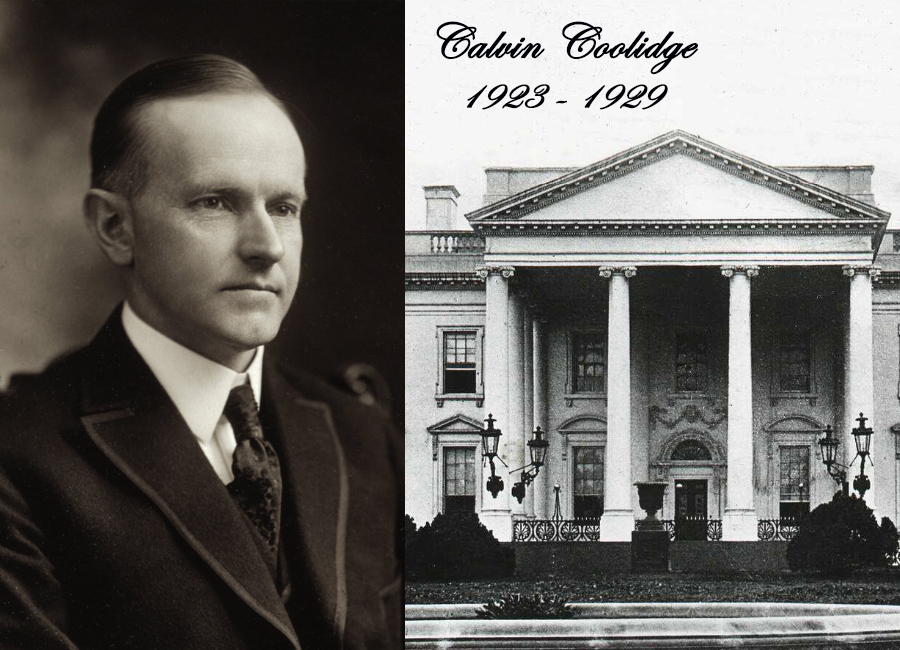
The second major renovation of the White House came exactly a quarter century after Roosevelt’s 1902 renovation.
During the Calvin Coolidge administration a 1923 engineers report determined that the roof trusses were weakened by years of cutting and alterations and that they were no longer safe. Overloading the attic area with recent additions of tons of old paper records, water tanks and other machinery added to the problems.
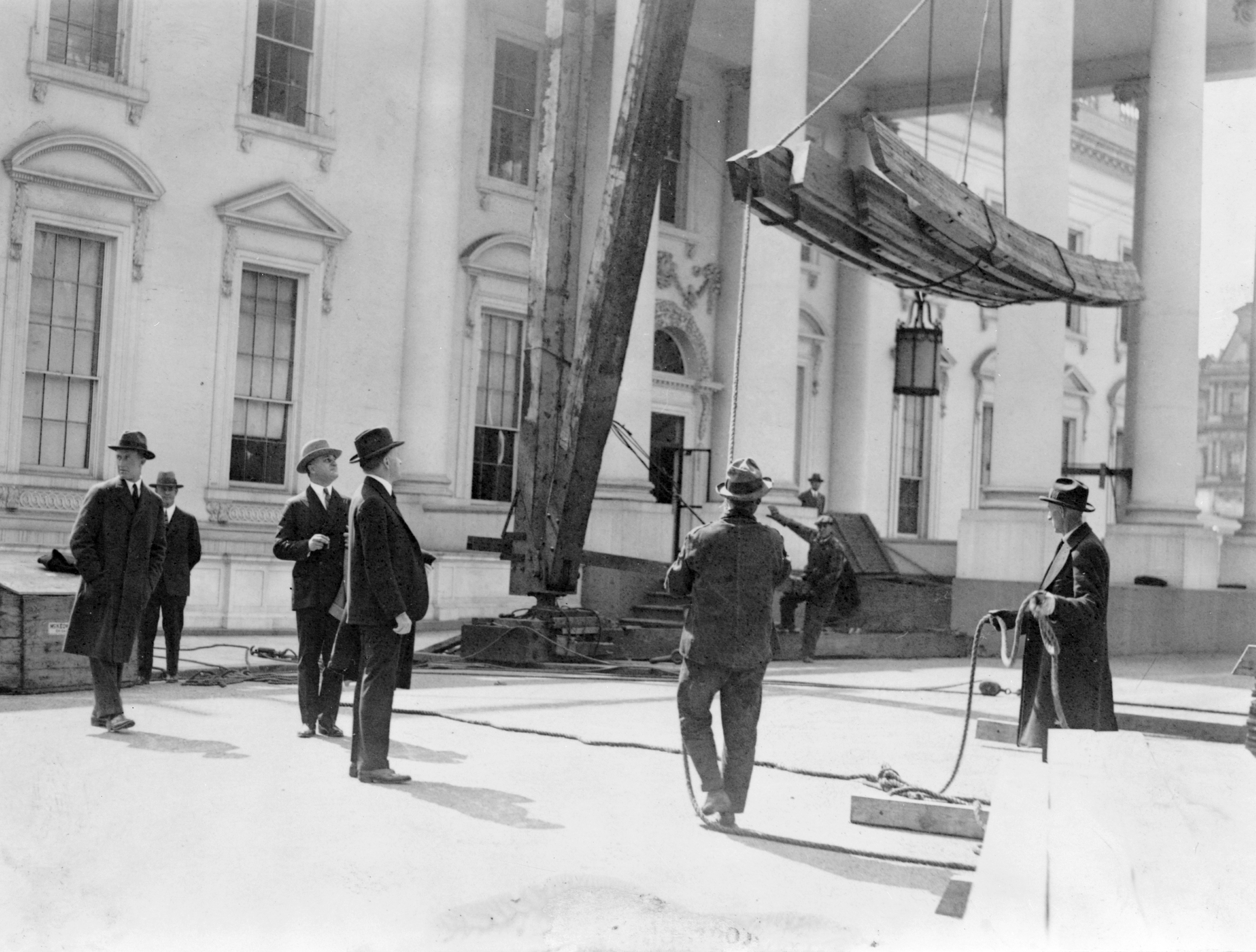
In 1925, Lt. Col. U.S. Grant III, President Grant’s grandson, was appointed director of the Office of Public Buildings and Public Parks, overseeing changes to the White House. He secured funding from Congress in the amount of $375,000 for rebuilding the attic and roof. His plans included adding additional living space and offices for servants and secretaries as a third floor.
Contractor bids were requested, and by Dec. 29, 1926, nine bids were received for the project. The N.P. Severin Co., of Chicago, submitted the lowest and winning bid of $185,000.
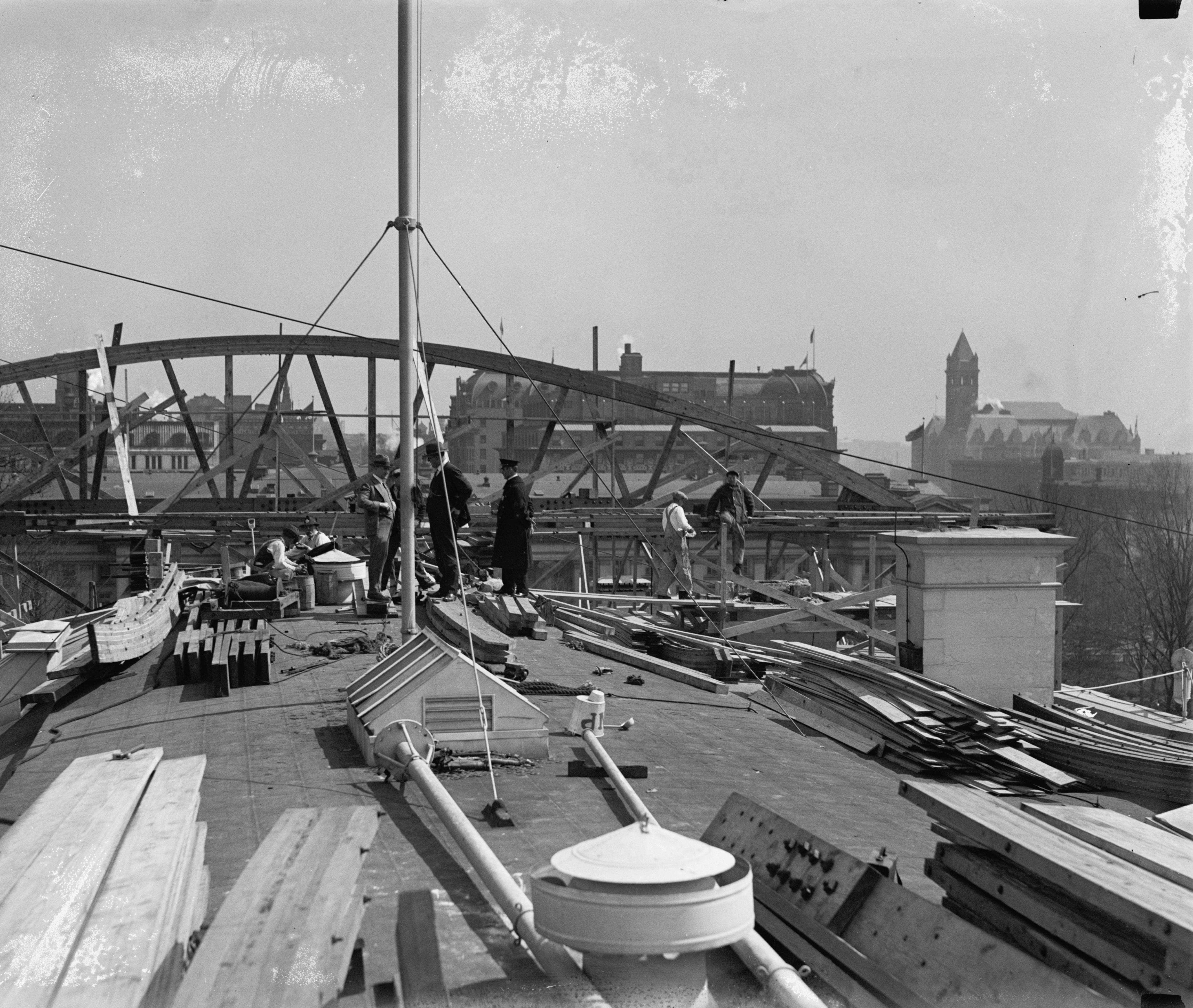
Work began on Mar. 14, 1927, and within two weeks a temporary roof and covering had been installed and the old roof had been removed. Steel trusses were installed to replace the original wood trusses. The construction work was completed on July 1 in record time. The decorating and painting were completed by Sept. 11th and President Coolidge and family moved back into the newly improved White House.
Unlike the 1902 renovation, souvenir collecting during the work was strongly discouraged. Even so, there was still a great public demand for pieces of the building. It was decided, due to the historic value of the material, that an auction would be held to dispose of some of it. In 1928 the National Lumber Manufacturers Association was the primary winning bidder for much of the surplus lumber. Subsequently, many of the renovation souvenirs available were made and distributed by this national trade group. Two of the contractors, the N.P. Severin Co. and Lank Woodwork Co. also made souvenirs from the historic White House pieces of lumber.
Gavels, canes, wood blocks, candlesticks and some furniture were produced in small quantities to help satisfy the public demand. Many were identified with metal plaques from the makers.
